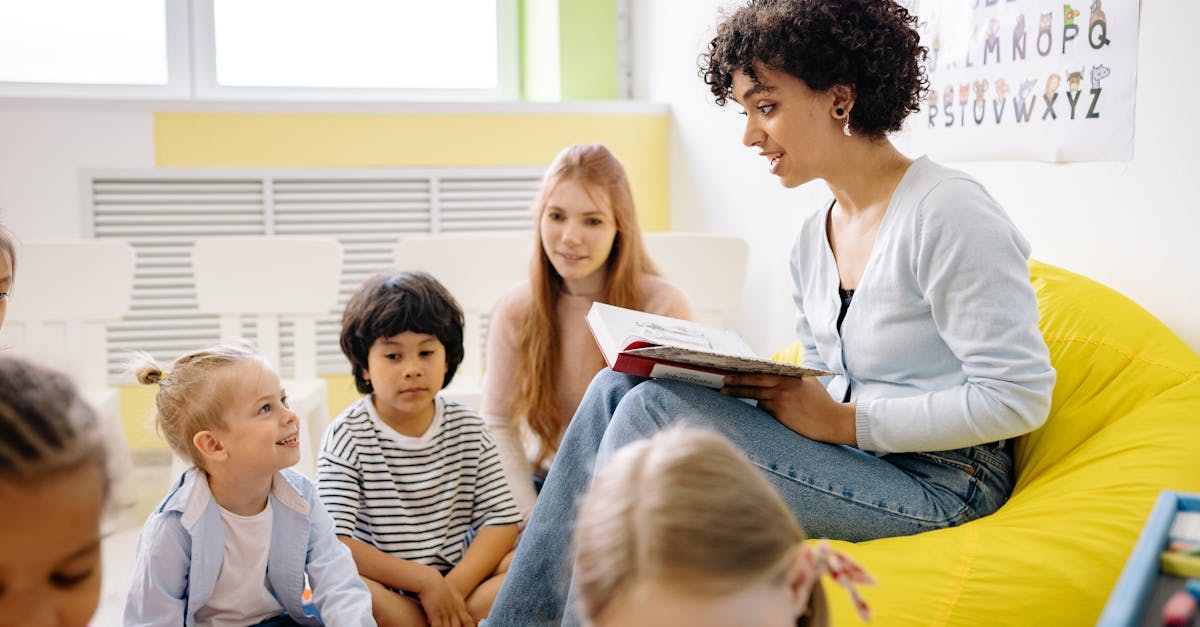The Art of Setting Limits
Step into the world of parenting toddlers, and you’ll quickly learn it’s as much about teaching them to navigate the world safely as it is about tying shoelaces. Setting boundaries is our first chapter. It’s not just about saying ‘Don’t do this’ or ‘Stay away from that.’ It’s about crafting a bubble of safety they understand and respect. Imagine the uproarious laughs when you act out good touch versus bad touch, or the wide-eyed wonder when you turn personal space into a game of ‘bubble respect.’

Stranger Danger or Safe Strangers?
Navigating the concept of strangers with your little one can feel like tiptoeing across a field of LEGO bricks barefoot. Are all strangers bad? Well, not really. It’s about teaching your littles to recognize ‘safe strangers’—like police officers or store clerks—in times of need. Conjure up stories where characters make smart choices about who they can ask for help, turning it into a riveting bedtime tale.

Feel free to explore the image above which displays a child interacting with a police officer, exemplifying the concept of a ‘safe stranger’.
Touchy Subject: Personal Space 101
Ah, the touchy subject of personal touch. It’s a delicate dance between teaching respect for oneself and others. Through giggles, show how tickles are only fun when everyone’s laughing, or use their favorite superhero to demonstrate the power of personal space. Role-playing scenarios where they practice saying ‘No, thank you’ or ‘I need space’ are both empowering and essential.

Safe Spots: Your Child’s Haven
We all cherish our safe spots, places we dart back to, to feel cozy and secure. For our mini adventurers, knowing their safe spots at home, school, or the playground provides a mental map of where safety lies. It’s like setting up invisible forts that they know are impenetrable by dragons, monsters, or anything that makes them uneasy. Creating these safe spots together can be both a fun activity and a crucial safety lesson.

Establishing these safe spots early on can help children feel secure and confident in various environments. Whether it’s a designated corner in their room with their favorite toys, a special tree in the park where they feel protected, or a secret password shared with parents for emergencies, these spots offer reassurance and comfort.
Say No to Secrets: Encouraging Open Conversations
‘A secret with a best friend is fun; a secret that makes you uneasy is not.’ Teaching our kids the difference is vital. Encouraging open conversations about their day, the games they played, and the new friends they made is key. Illustrate through stories or puppet shows how secrets about uncomfortable touches or requests must be shared with a trusted adult immediately.

The Digital Playground: Internet Safety
Welcome to the digital age, where kids navigate iPads before they can cycle without training wheels. It’s imperative to set boundaries in the vast, open digital playground. Introduce them to the idea of ‘digital safety’ through easily relatable analogies like ‘not opening the door to strangers’ applies to ‘not clicking on unknown links.’ Share screen time to explore kid-friendly sites, setting the precedent for what’s okay and what’s not in the digital realm.

Cheers for Fears: Addressing Anxiety
Emotional well-being is the treasure at the end of this rainbow of lessons. Addressing their fears and anxieties about strangers, personal boundaries, and safe places with patience and understanding reinforces the idea that it’s okay to feel scared. It’s like being scared of the dark; once you turn on the light, everything seems less frightening. Cultivate an environment where they feel comfortable sharing their fears, so you can face them together, hand in hand.

Related Posts:
- Managing Picky Eating with Love & Boundaries
- Handling Conflict & Aggression in Pre-schoolers
- Managing Separation Anxiety through Loving Boundaries
- Fear of Darkness in Preschoolers
- Teaching manners and respect through loving boundaries
